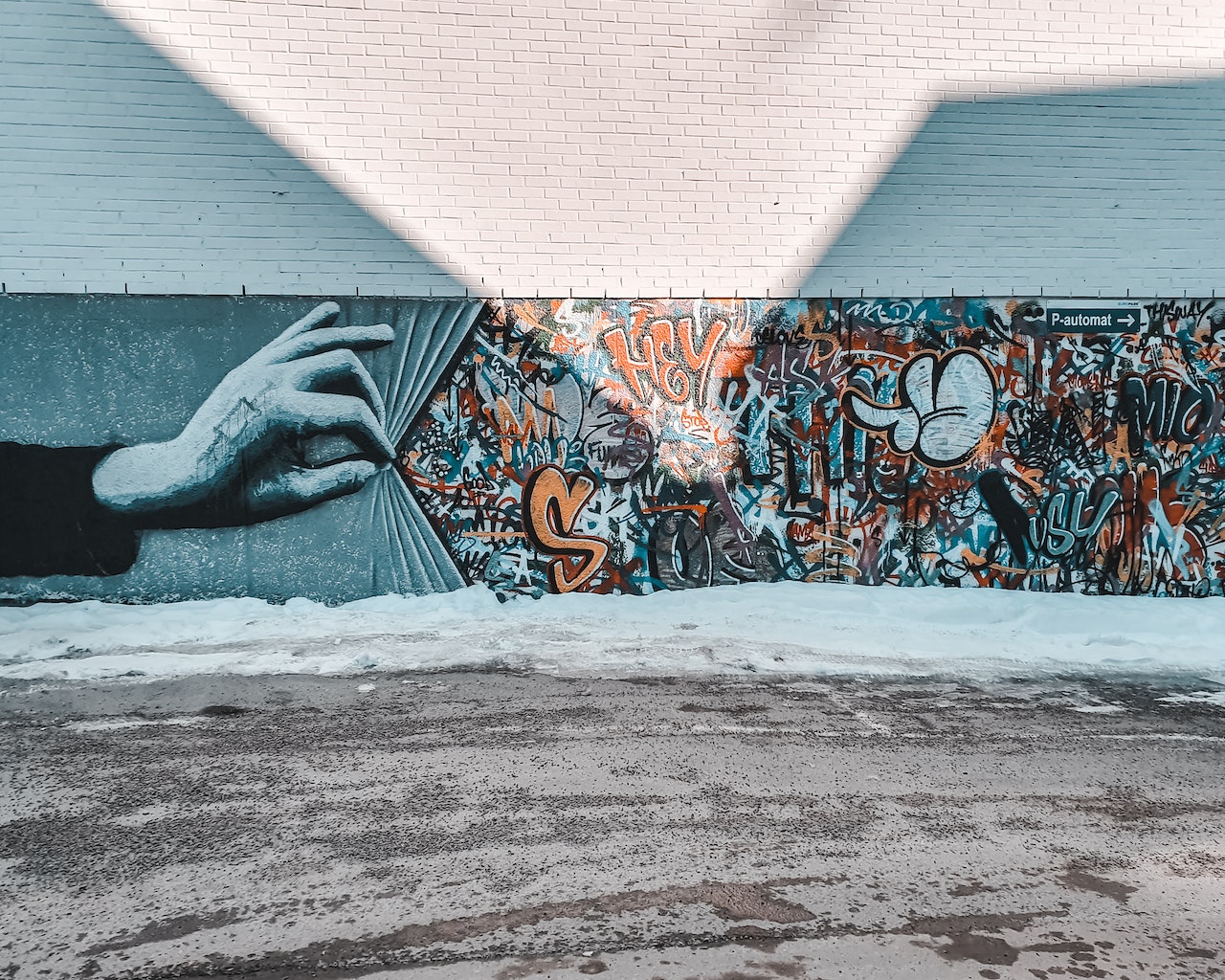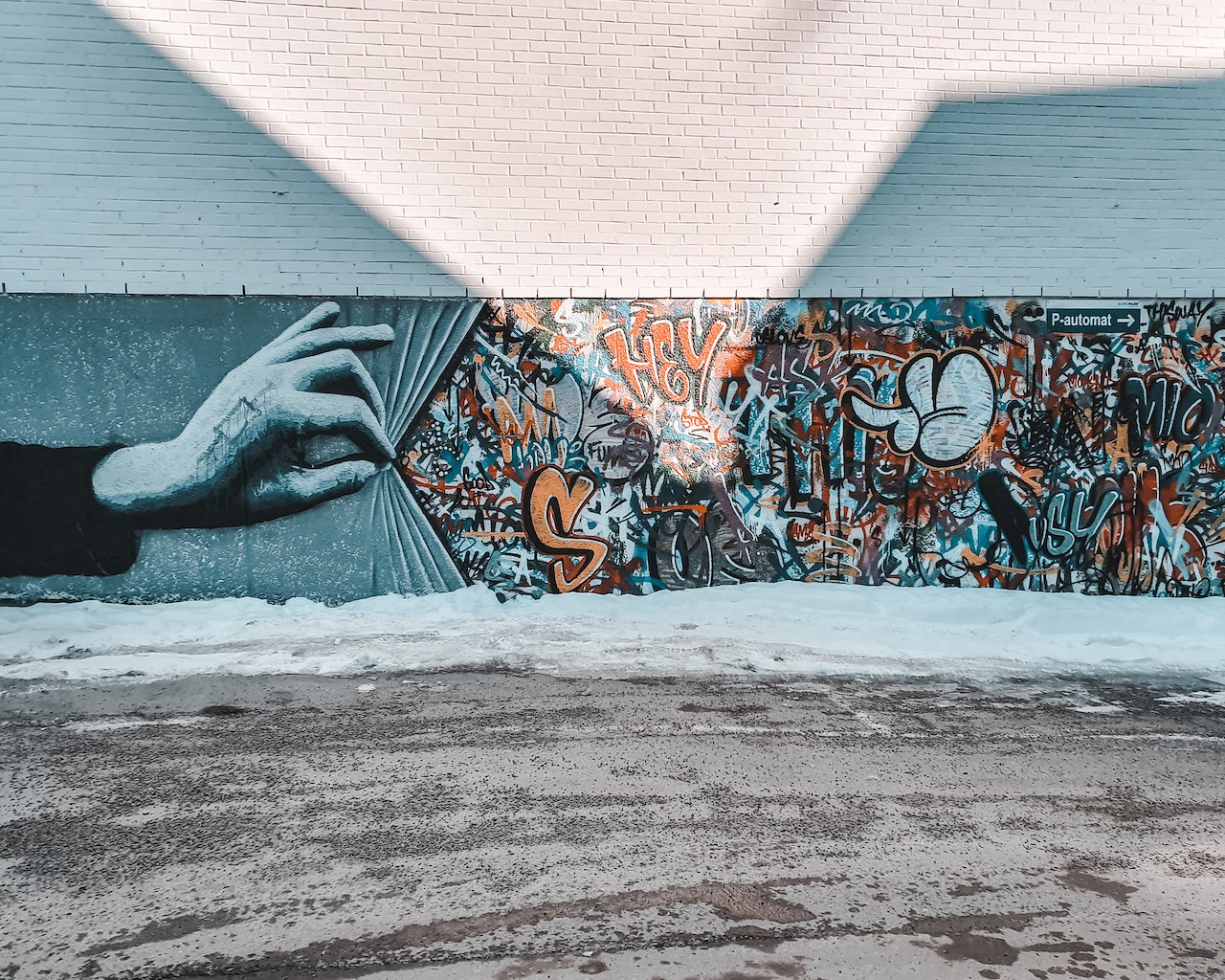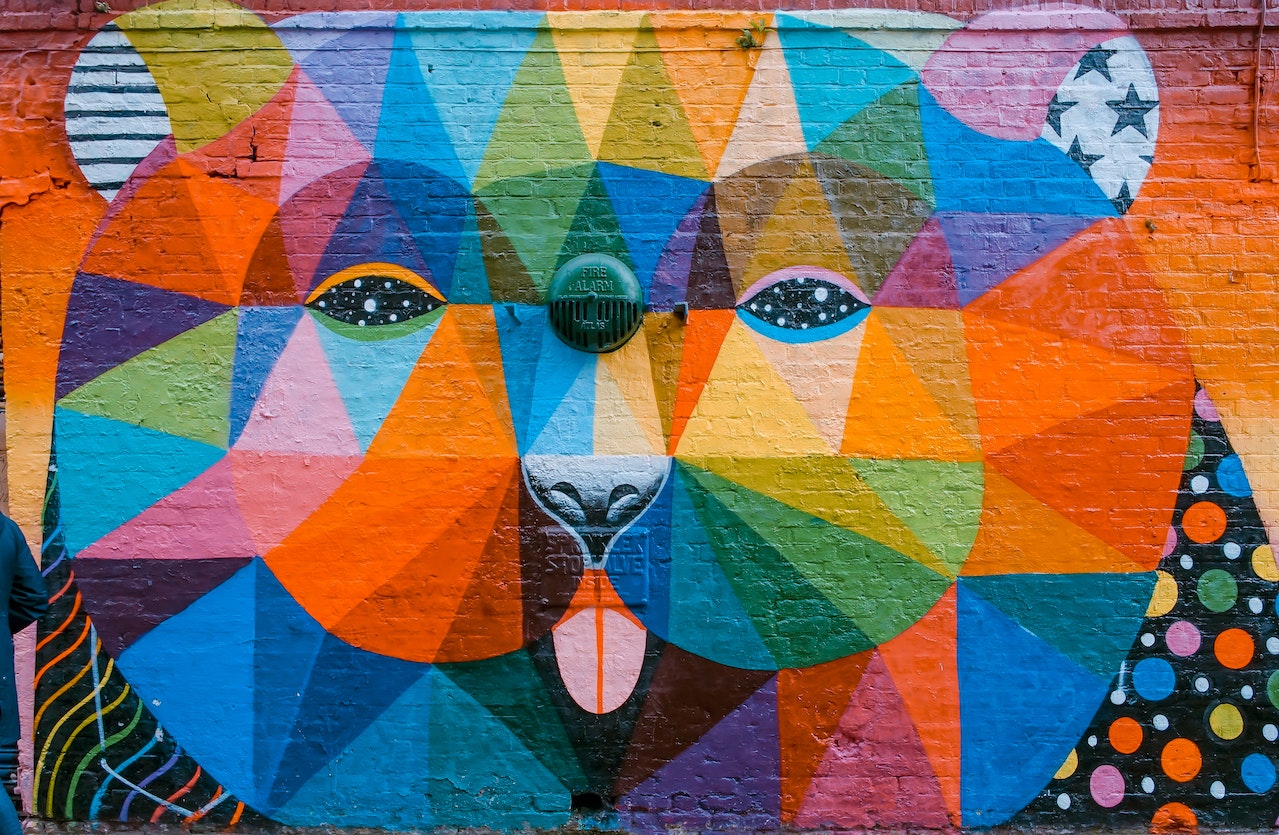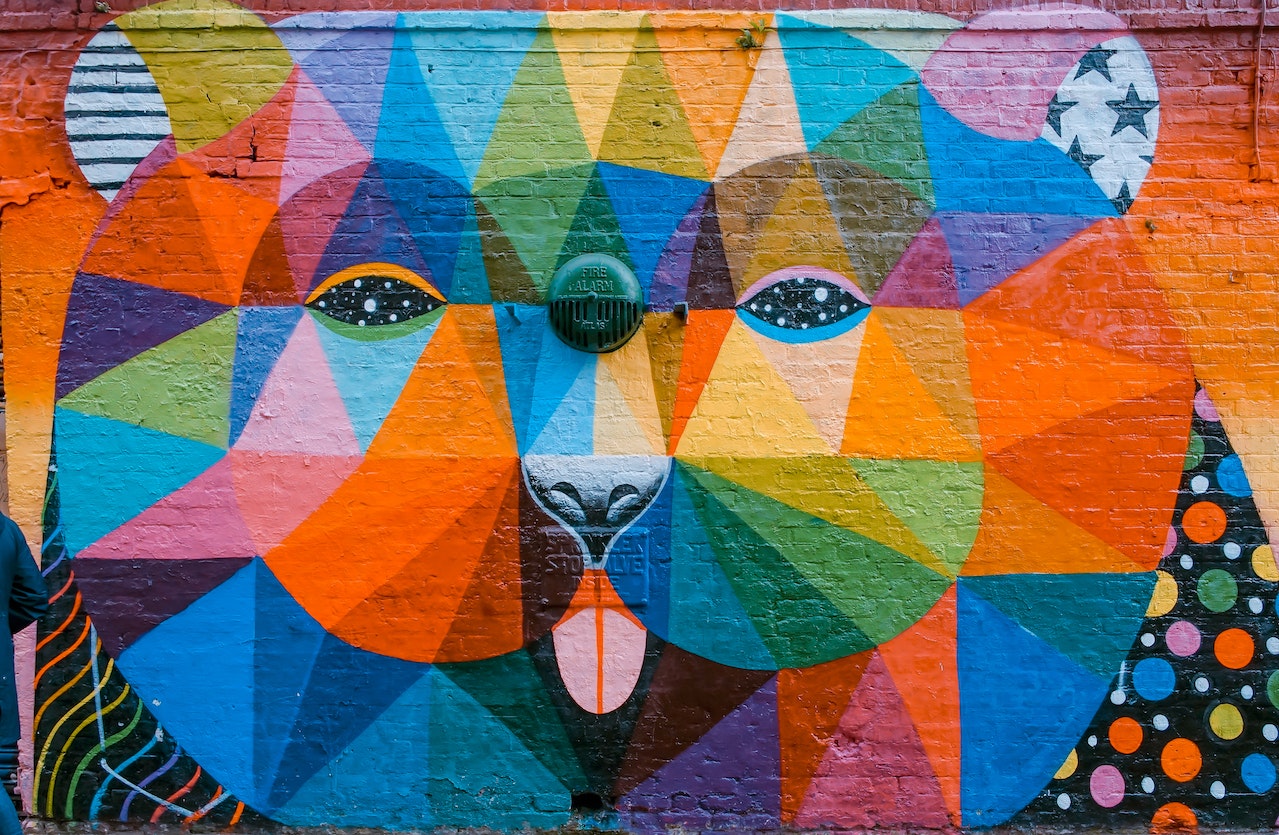Public Art and Street Art: Exploring Urban Artistic Expressions
Greetings, art enthusiasts and urban explorers! Get ready to dive into the vibrant and captivating world of public art and street art. In this article, we'll take a journey through the city streets, exploring the intriguing artistic expressions that adorn walls, sidewalks, and public spaces. From large-scale murals to thought-provoking installations, we'll uncover the stories and creativity behind urban art. So, put on your walking shoes, open your eyes, and get ready for an entertaining adventure into the heart of urban art!
Public Art and Street Art: Exploring Urban Artistic Expressions
Greetings, art enthusiasts and urban explorers! Get ready to dive into the vibrant and captivating world of public art and street art. In this article, we'll take a journey through the city streets, exploring the intriguing artistic expressions that adorn walls, sidewalks, and public spaces. From large-scale murals to thought-provoking installations, we'll uncover the stories and creativity behind urban art. So, put on your walking shoes, open your eyes, and get ready for an entertaining adventure into the heart of urban art!


Understanding Public Art
Art for All to Enjoy
Public art encompasses a wide range of artistic expressions that are accessible to everyone. Here's a closer look at the various forms and purposes of public art:
1. Sculptures and Installations: Sculptures and installations, whether permanent or temporary, provide a three-dimensional presence in public spaces. They can be abstract, representational, or conceptual, sparking conversations and adding visual interest to the urban landscape.
2. Monuments and Memorials: Monuments and memorials commemorate significant historical events, individuals, or movements. They serve as reminders of our collective heritage and can evoke a sense of pride, reflection, and unity within communities.
Understanding Public Art
Art for All to Enjoy
Public art encompasses a wide range of artistic expressions that are accessible to everyone. Here's a closer look at the various forms and purposes of public art:
1. Sculptures and Installations: Sculptures and installations, whether permanent or temporary, provide a three-dimensional presence in public spaces. They can be abstract, representational, or conceptual, sparking conversations and adding visual interest to the urban landscape.
2. Monuments and Memorials: Monuments and memorials commemorate significant historical events, individuals, or movements. They serve as reminders of our collective heritage and can evoke a sense of pride, reflection, and unity within communities.
Transforming Urban Spaces
Public art has the power to transform mundane urban spaces into vibrant and engaging environments. Here's how it achieves this:
1. Community Engagement: Public art often involves collaboration between artists, local communities, and city authorities. This collaborative approach fosters a sense of ownership, pride, and identity within the community, creating a positive impact on the neighborhood.
2. Activating Public Spaces: By placing art in unexpected locations, public spaces are activated and transformed into dynamic cultural hubs. These artistic interventions can breathe new life into neglected areas, making them more inviting and inspiring for residents and visitors alike.
The Rise of Street Art
Unveiling the World of Street Art
Street art, born from the urban streets, is a form of artistic expression that challenges traditional notions of art and engages with the public in unique ways. Let's explore some aspects of this captivating art form:
1. Graffiti and Tags: Graffiti and tags are the foundation of street art, often used as signatures or personal marks by artists. These stylized letters and symbols can be found on walls, trains, and other urban surfaces, serving as a visual language within the street art community.
2. Stencils and Stickers: Artists use stencils and stickers to create repetitive images and icons that can be quickly applied to various surfaces. This technique allows for the rapid production of art and the dissemination of messages or ideas.
Beyond Vandalism - The Artistic Impact
While street art is often associated with controversy and debates around legality, it has emerged as a powerful artistic movement that challenges societal norms and inspires change:
1. Social and Political Commentary: Street art provides a platform for artists to address social and political issues, often highlighting inequality, injustice, and environmental concerns. It sparks conversations and encourages viewers to question the world around them.
2. Unexpected Beauty and Creativity: Street art can transform ordinary urban environments into visually stunning landscapes. From large-scale murals bursting with color to cleverly placed installations, street art surprises and delights passersby, injecting a sense of joy and wonder into their daily routines.
Transforming Urban Spaces
Public art has the power to transform mundane urban spaces into vibrant and engaging environments. Here's how it achieves this:
1. Community Engagement: Public art often involves collaboration between artists, local communities, and city authorities. This collaborative approach fosters a sense of ownership, pride, and identity within the community, creating a positive impact on the neighborhood.
2. Activating Public Spaces: By placing art in unexpected locations, public spaces are activated and transformed into dynamic cultural hubs. These artistic interventions can breathe new life into neglected areas, making them more inviting and inspiring for residents and visitors alike.
The Rise of Street Art
Unveiling the World of Street Art
Street art, born from the urban streets, is a form of artistic expression that challenges traditional notions of art and engages with the public in unique ways. Let's explore some aspects of this captivating art form:
1. Graffiti and Tags: Graffiti and tags are the foundation of street art, often used as signatures or personal marks by artists. These stylized letters and symbols can be found on walls, trains, and other urban surfaces, serving as a visual language within the street art community.
2. Stencils and Stickers: Artists use stencils and stickers to create repetitive images and icons that can be quickly applied to various surfaces. This technique allows for the rapid production of art and the dissemination of messages or ideas.
Beyond Vandalism - The Artistic Impact
While street art is often associated with controversy and debates around legality, it has emerged as a powerful artistic movement that challenges societal norms and inspires change:
1. Social and Political Commentary: Street art provides a platform for artists to address social and political issues, often highlighting inequality, injustice, and environmental concerns. It sparks conversations and encourages viewers to question the world around them.
2. Unexpected Beauty and Creativity: Street art can transform ordinary urban environments into visually stunning landscapes. From large-scale murals bursting with color to cleverly placed installations, street art surprises and delights passersby, injecting a sense of joy and wonder into their daily routines.
The Intersection of Public and Street Art
Blurring Boundaries
The lines between public art and street art are often blurred, with artists embracing both forms to create impactful works that engage with the public in unique ways:
1. Murals and Collaborations: Murals have become a common sight in many cities, with artists collaborating with local communities, businesses, and organizations to create large-scale works of art. These murals often tell stories, celebrate diversity, and contribute to the cultural fabric of a place.
2. Interactive and Participatory Art: Artists are increasingly creating interactive and participatory art installations in public spaces. These works invite viewers to become active participants, encouraging exploration, playfulness, and personal connections with the art.
The Intersection of Public and Street Art
Blurring Boundaries
The lines between public art and street art are often blurred, with artists embracing both forms to create impactful works that engage with the public in unique ways:
1. Murals and Collaborations: Murals have become a common sight in many cities, with artists collaborating with local communities, businesses, and organizations to create large-scale works of art. These murals often tell stories, celebrate diversity, and contribute to the cultural fabric of a place.
2. Interactive and Participatory Art: Artists are increasingly creating interactive and participatory art installations in public spaces. These works invite viewers to become active participants, encouraging exploration, playfulness, and personal connections with the art.


Preserving and Protecting Urban Art
The Challenges of Conservation
Preserving and protecting urban art can be a complex task. Here are some considerations when it comes to the conservation of public and street art:
1. Maintenance and Restoration: Public and street art require ongoing maintenance to withstand the elements and potential vandalism. Local authorities, art organizations, and community initiatives play a crucial role in ensuring that these artworks are well-preserved and restored when necessary.
2. Balancing Conservation and Change: Urban landscapes are ever-evolving, and this can pose challenges for the preservation of urban art. Finding a balance between conserving significant pieces and allowing for new artistic expressions is essential to maintain the dynamic nature of the urban art scene.
Celebrating Urban Creativity
Congratulations, urban art enthusiasts! You've embarked on a journey through the captivating world of public art and street art. From monumental sculptures to intricate stencils, you've witnessed how these artistic expressions transform urban spaces, engage communities, and challenge traditional notions of art.
So, as you explore the streets of your city or travel to new destinations, keep your eyes open for the hidden gems of urban art. Take a moment to appreciate the stories, creativity, and bold statements that these artworks convey. Let them spark conversations, ignite your imagination, and remind you of the power of art in shaping our urban environments. Embrace the urban art revolution, and let the streets be your canvas of inspiration!
Preserving and Protecting Urban Art
The Challenges of Conservation
Preserving and protecting urban art can be a complex task. Here are some considerations when it comes to the conservation of public and street art:
1. Maintenance and Restoration: Public and street art require ongoing maintenance to withstand the elements and potential vandalism. Local authorities, art organizations, and community initiatives play a crucial role in ensuring that these artworks are well-preserved and restored when necessary.
2. Balancing Conservation and Change: Urban landscapes are ever-evolving, and this can pose challenges for the preservation of urban art. Finding a balance between conserving significant pieces and allowing for new artistic expressions is essential to maintain the dynamic nature of the urban art scene.
Celebrating Urban Creativity
Congratulations, urban art enthusiasts! You've embarked on a journey through the captivating world of public art and street art. From monumental sculptures to intricate stencils, you've witnessed how these artistic expressions transform urban spaces, engage communities, and challenge traditional notions of art.
So, as you explore the streets of your city or travel to new destinations, keep your eyes open for the hidden gems of urban art. Take a moment to appreciate the stories, creativity, and bold statements that these artworks convey. Let them spark conversations, ignite your imagination, and remind you of the power of art in shaping our urban environments. Embrace the urban art revolution, and let the streets be your canvas of inspiration!












